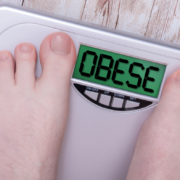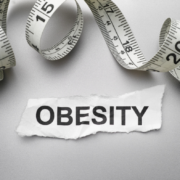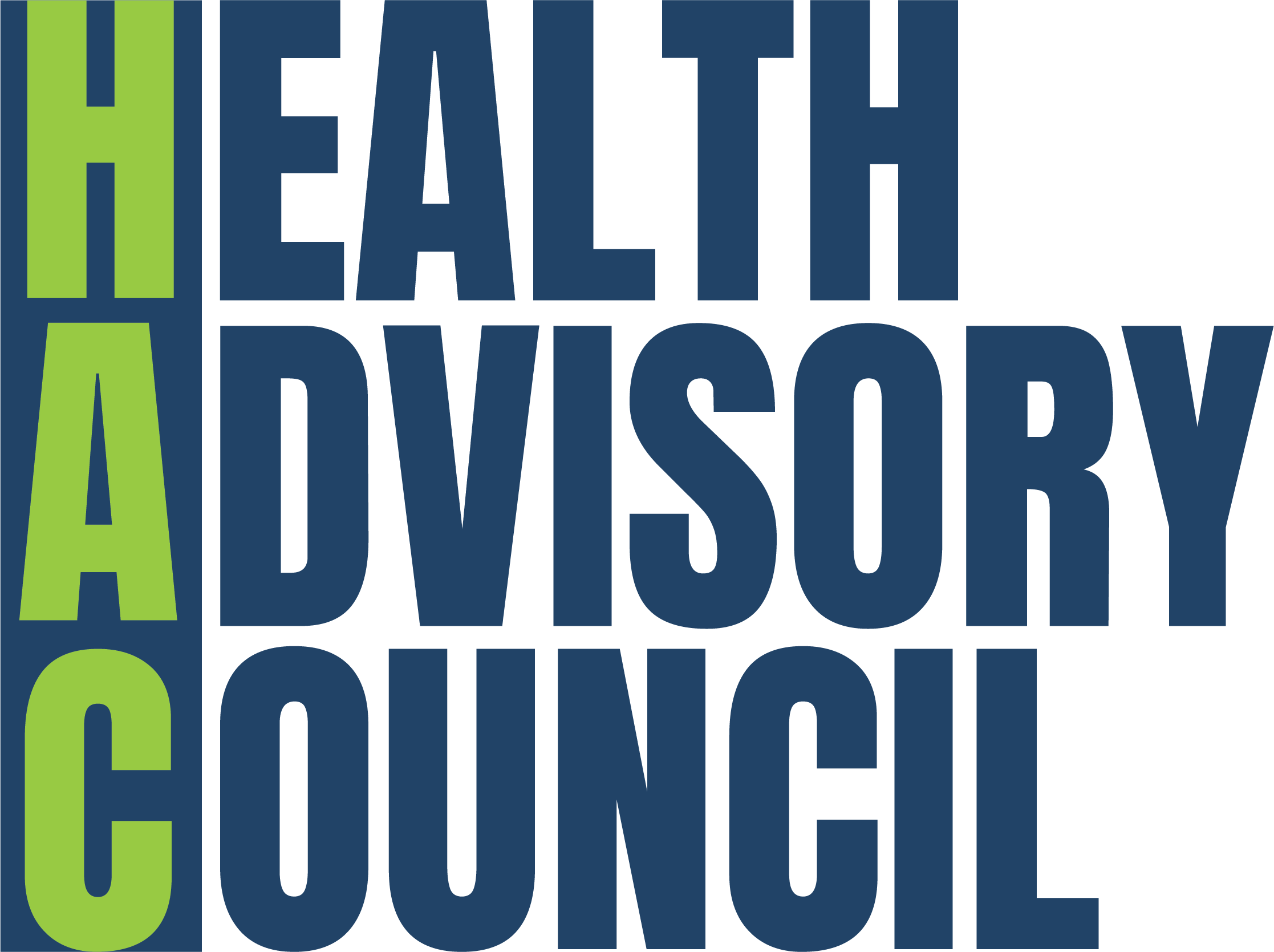World Food Safety Day 2025 is a call to action
By Nancy Glick, Director of Food and Nutrition Policy
Most Americans know about Earth Day and World AIDS Day. But World Food Safety Day, an observance established by the World Health Organization (WHO) and celebrated around the world on June 7, largely goes unnoticed in the U.S.
This is why the National Consumers League is flagging June 7 as a day when consumers should stop and think about the importance of preventing foodborne illnesses. Each year, this collection of diseases sickens an estimated 48 million people in the U.S., resulting in 128,000 hospitalizations and 3,000 deaths, according to the Centers for Disease Control and Prevention (CDC). The toll in costs to the nation is as much as $90 billion annually in medical expenditures, lost productivity, and premature deaths.
Foodborne illness is not a new problem. Since NCL’s founding in 1899, the organization has been fighting to protect Americans from exposure to the harmful bacteria, viruses, parasites, and chemical substances in food that cause foodborne illness. We helped expose the unsanitary practices of the meat-packing industry, which led to the passage of the Pure Food and Drug Act in 1906, laying a foundation for the nation’s first consumer protection agency, the Food and Drug Administration (FDA). We also championed the passage of the Federal Meat Inspection Act of 1906 (FMIA), a landmark law aimed at guaranteeing meat is slaughtered and processed under sanitary conditions and ensuring adulterated or misbranded meat and meat products are not sold in interstate and foreign commerce.
After these successes, NCL focused on pesticide residues in food, putting pressure on lawmakers to protect consumers from impure, improperly labeled products by passing the first pesticide legislation in 1910. We next fought to establish the Environmental Protection Agency (EPA) and to enact the Food Quality Protection Act in 1996, which set stricter safety standards for pesticide residue levels in food.
Then came the infamous 1993 foodborne illness outbreak when people ate undercooked hamburgers at Jack-in-the-Box restaurants in Washington state, Idaho, California, and Nevada. The hamburger meat was contaminated with E. coli O157: H7 bacteria, a potentially deadly strain, and the pathogen severely sickened approximately 700 people, caused 171 hospitalizations, and killed four young children.
This tragedy propelled NCL and other consumer and food safety organizations to fight to transform meat and poultry inspection and many things changed.
E. coli O157: H7 was declared an adulterant in raw ground beef, triggering a mandatory testing program for the organism in federally inspected plants and retail stores. The FDA issued rules requiring that the food industry follow a food safety management system called Hazard Analysis Critical Control Point (HACCP) that identifies, evaluates, and controls hazards throughout the food production process, from raw materials to the finished product.
Later, with the passage of the Food Safety Modernization Act in 2010, the FDA ushered in a series of food safety regulations and new systems, such as the proficiency testing program that integrates the FDA’s Food Emergency Response Network (FERN), the nation’s food laboratories at the local, state, and federal level that collectively test food for pathogens and contaminants to prevent foodborne illness. Similarly, the USDA’s Food Safety and Inspection Service (FSIS) published a proposed rule to require poultry producers to use new technologies for early detection of foodborne pathogens to keep Salmonella-contaminated chicken carcasses and poultry parts from entering the market.
But, even with these developments, the nation is not where it should be to keep the food supply safe. In late 2024, an E. coli O157:H7 outbreak linked to romaine lettuce sickened 89 people across 15 U.S. states, resulting in 36 hospitalizations and one death. The FDA investigated the outbreak and traced it to romaine lettuce, but the agency chose not to publicly announce the outbreak, which food safety advocates believe was a failure to protect the public.
And now, the Trump administration is taking steps that could seriously roll back food safety protections. Among the actions, the administration has laid off scientists at food safety labs and eliminated two important food safety committees comprising top scientists and researchers with expertise on regulatory standards. Additionally, the administration delayed a requirement that food companies and grocers rapidly trace contaminated food through the supply chain and pull it off the shelves. Sadly, the administration also withdrew the USDA proposed rule to reduce Salmonella risk in poultry.
Officials at the Department of Health and Human Services have issued statements proclaiming food safety as a priority concern. But, unless there is a strong, coordinated, and comprehensive food safety system in the U.S., there will be declining public confidence in the food supply. More significantly, we are likely to witness an increase in outbreaks and illnesses that could have been prevented.
This is not a time to hope for the best. Foodborne pathogens are widespread, and they can kill. Accordingly, NCL and many concerned consumer and food safety organizations will continue to speak out about putting the safety of the public ahead of deregulation and federal cost-cutting.






















